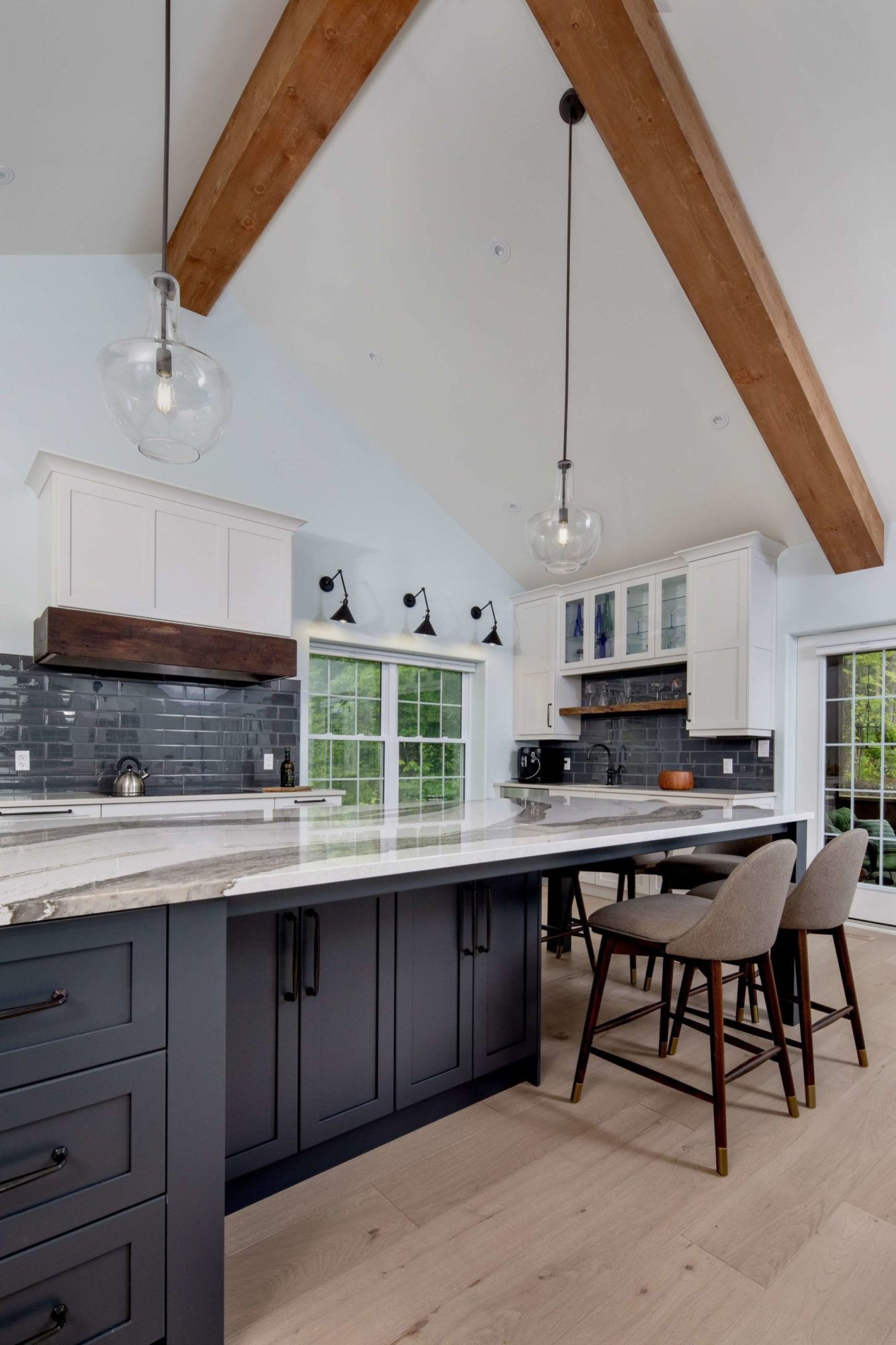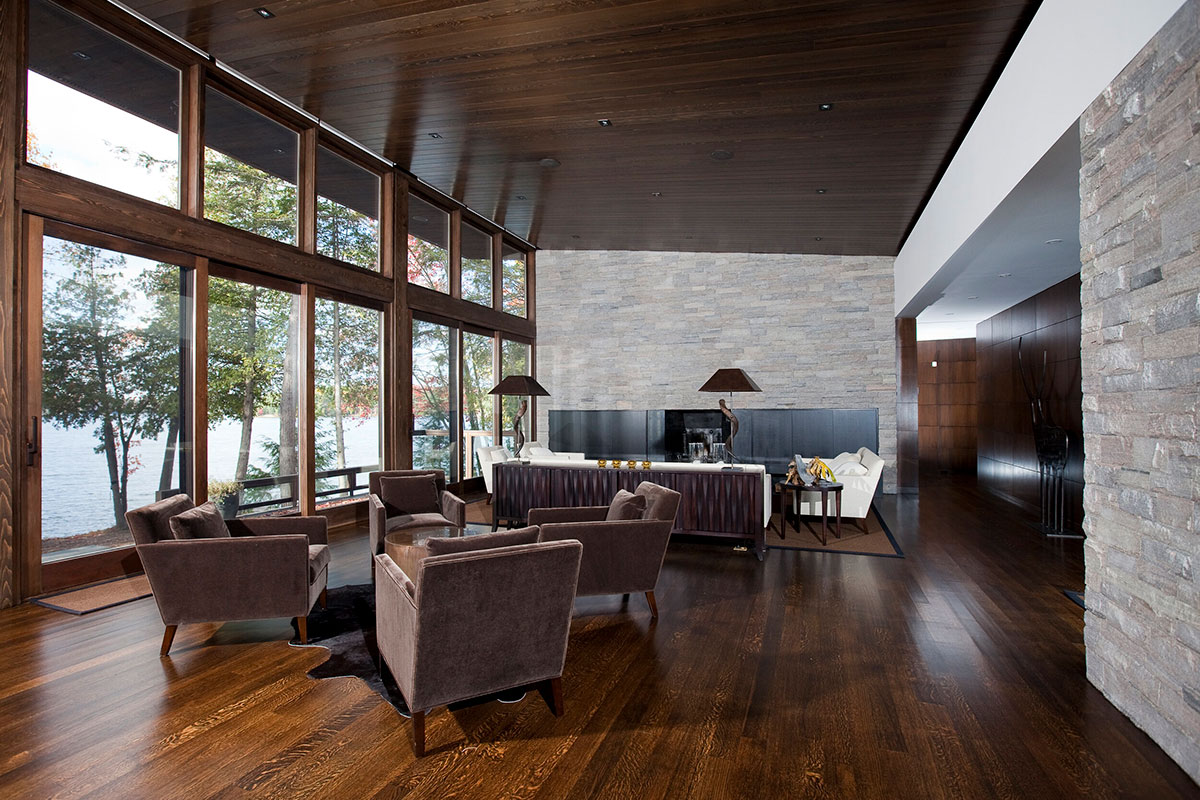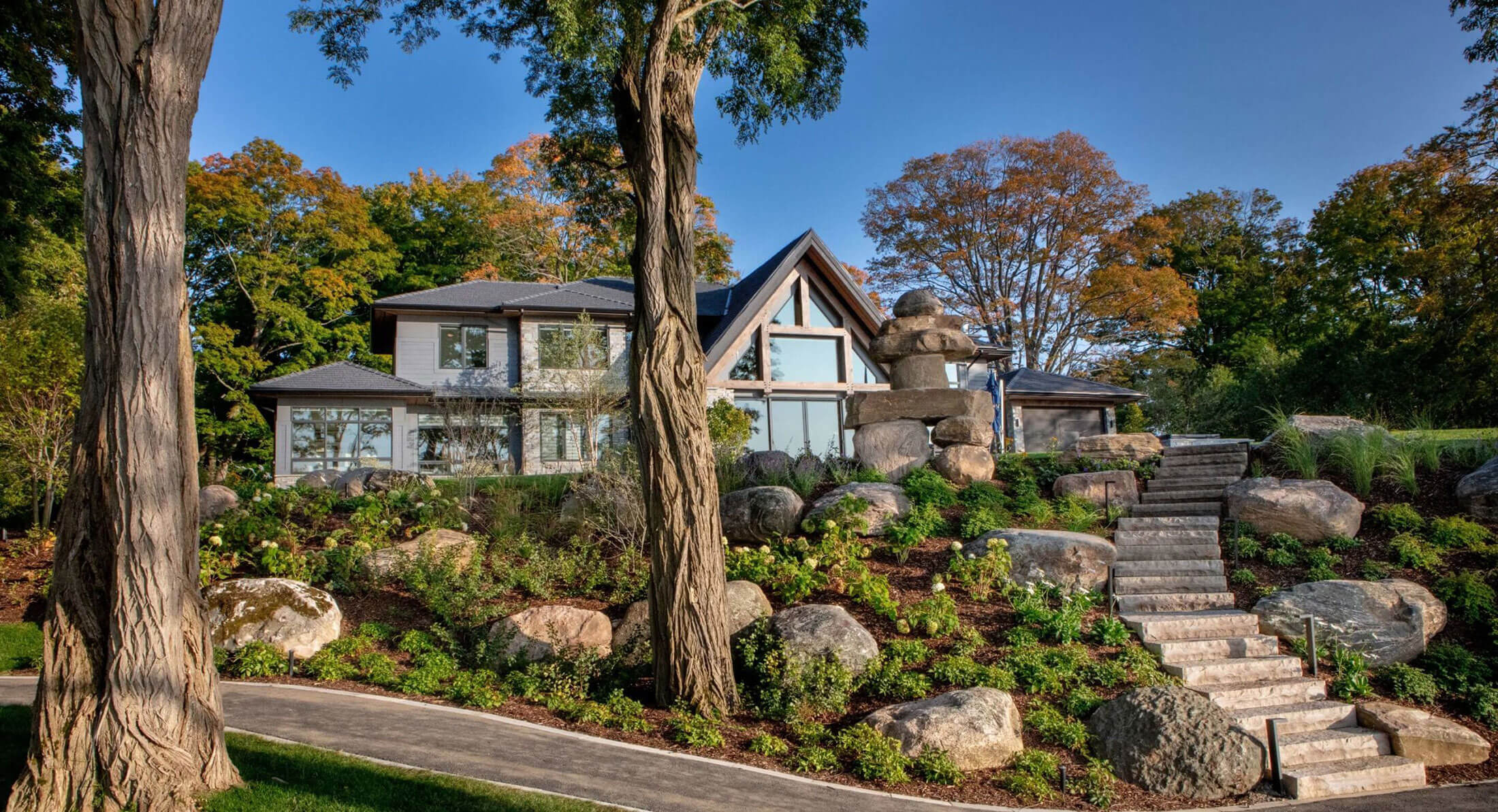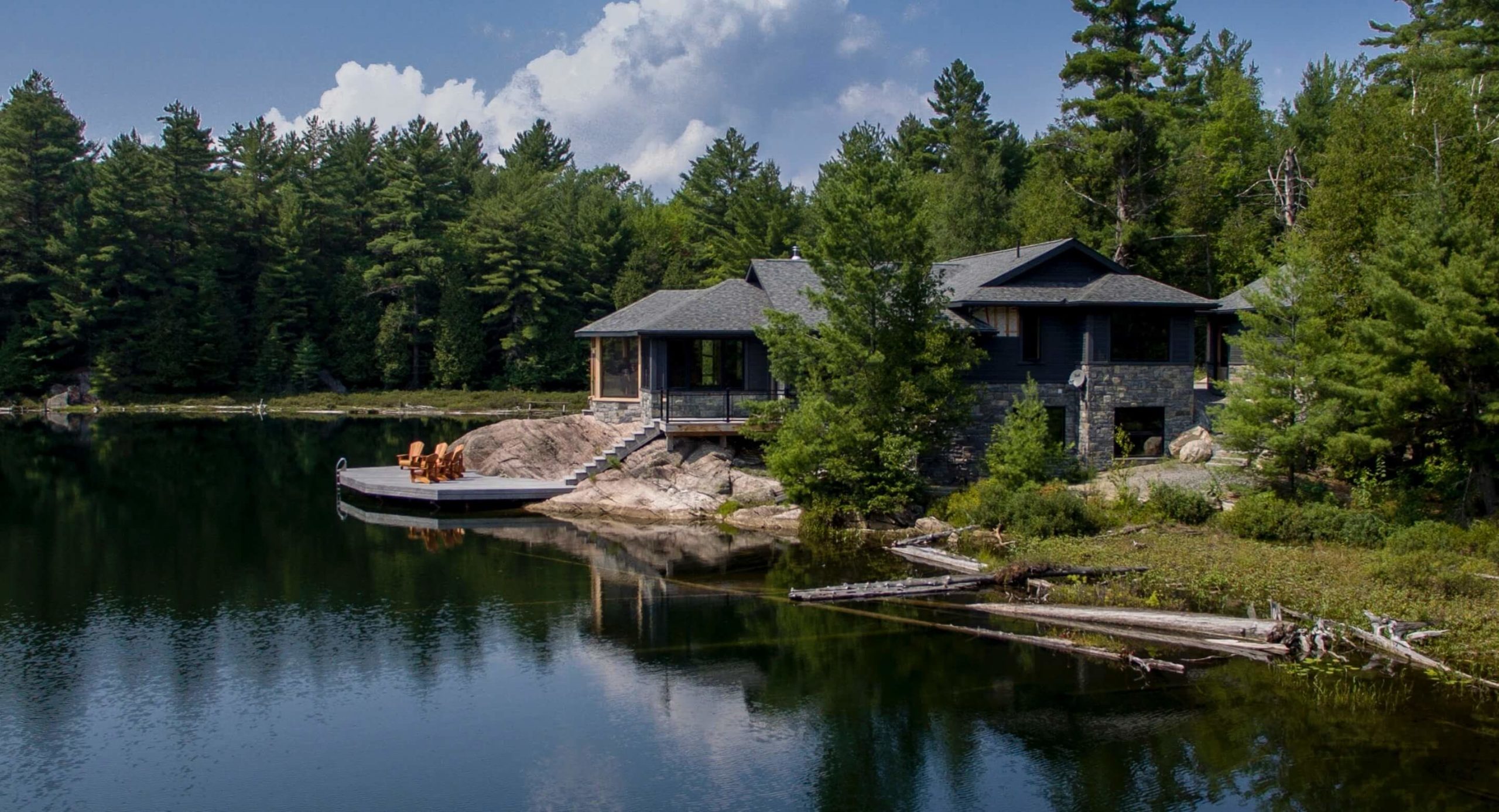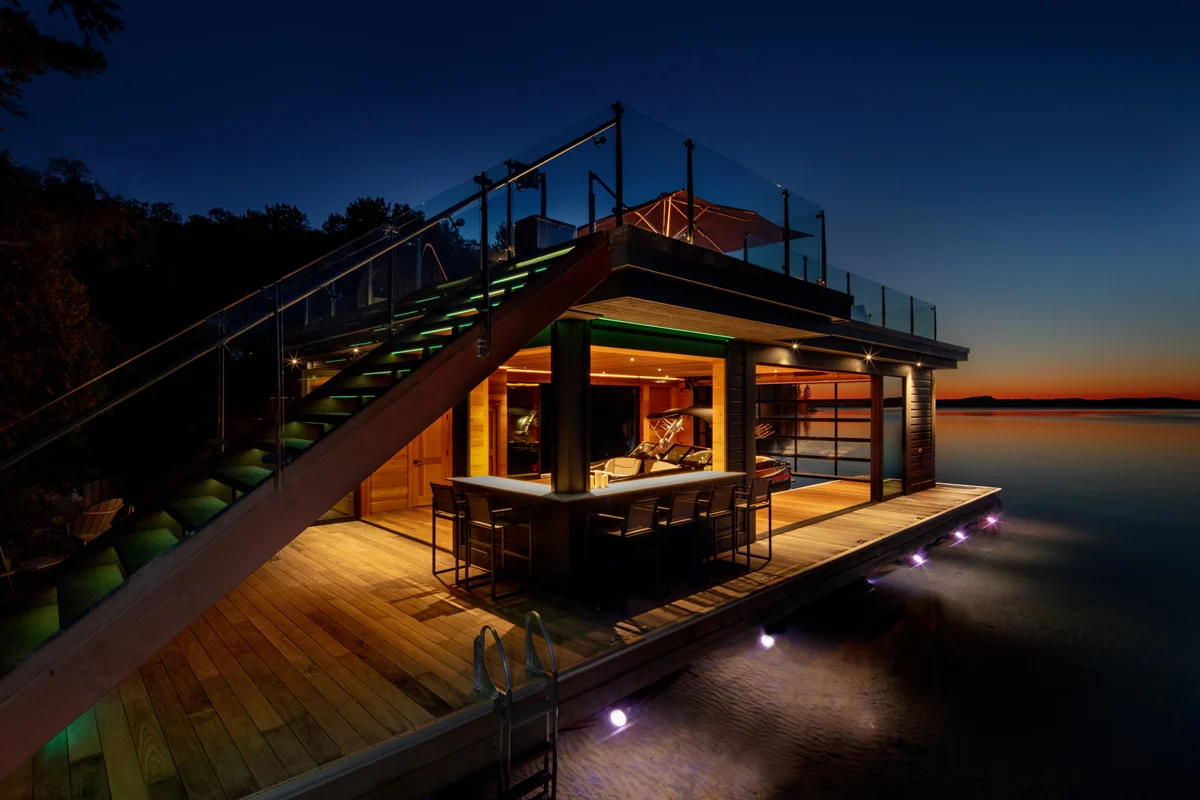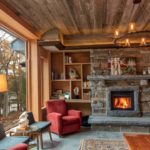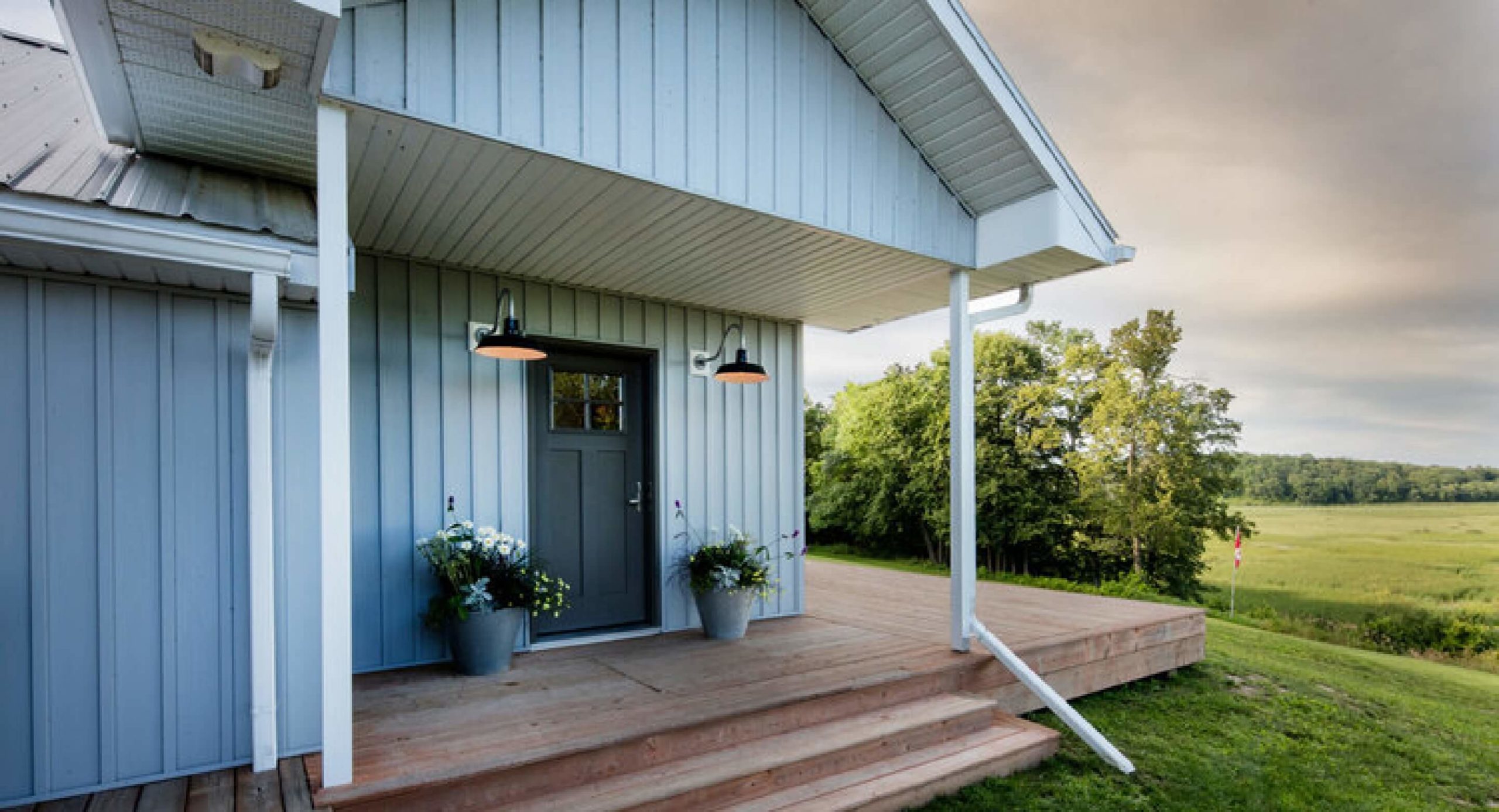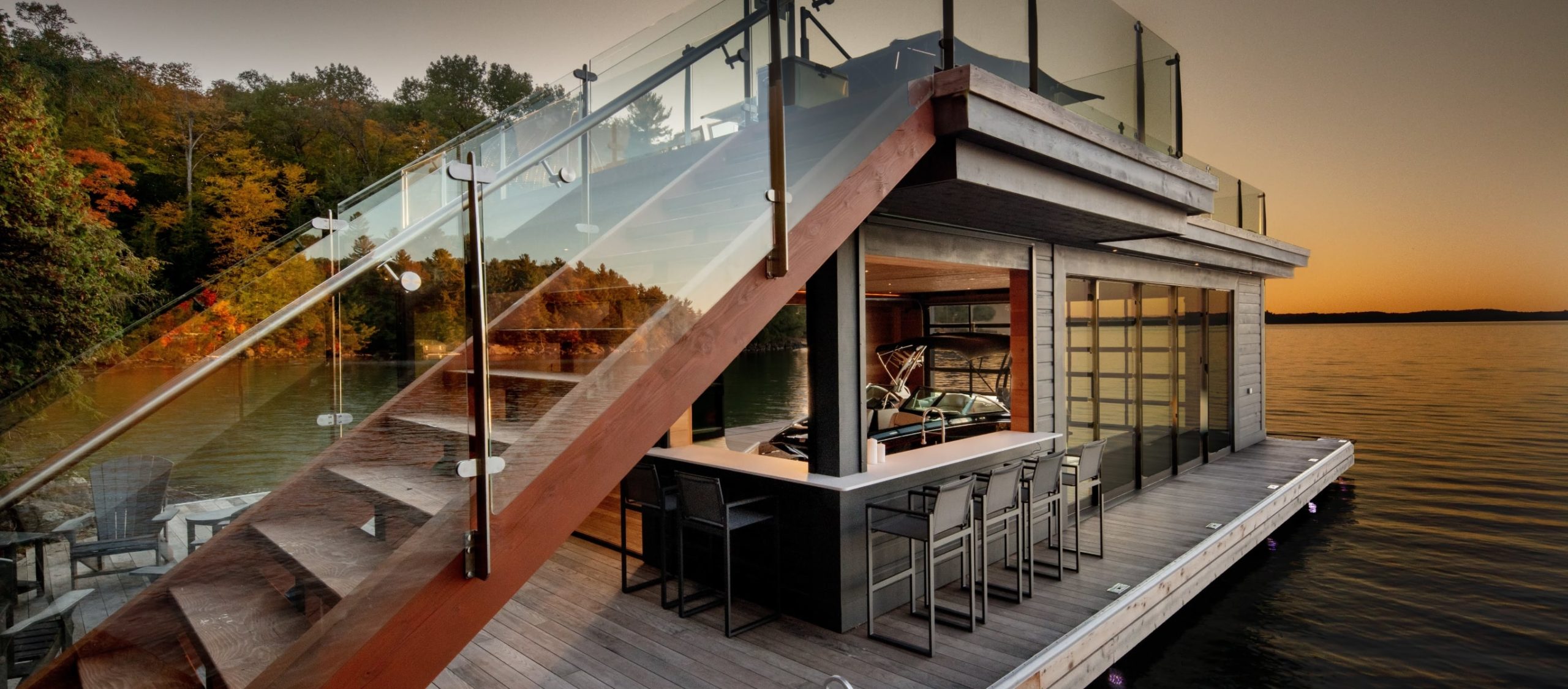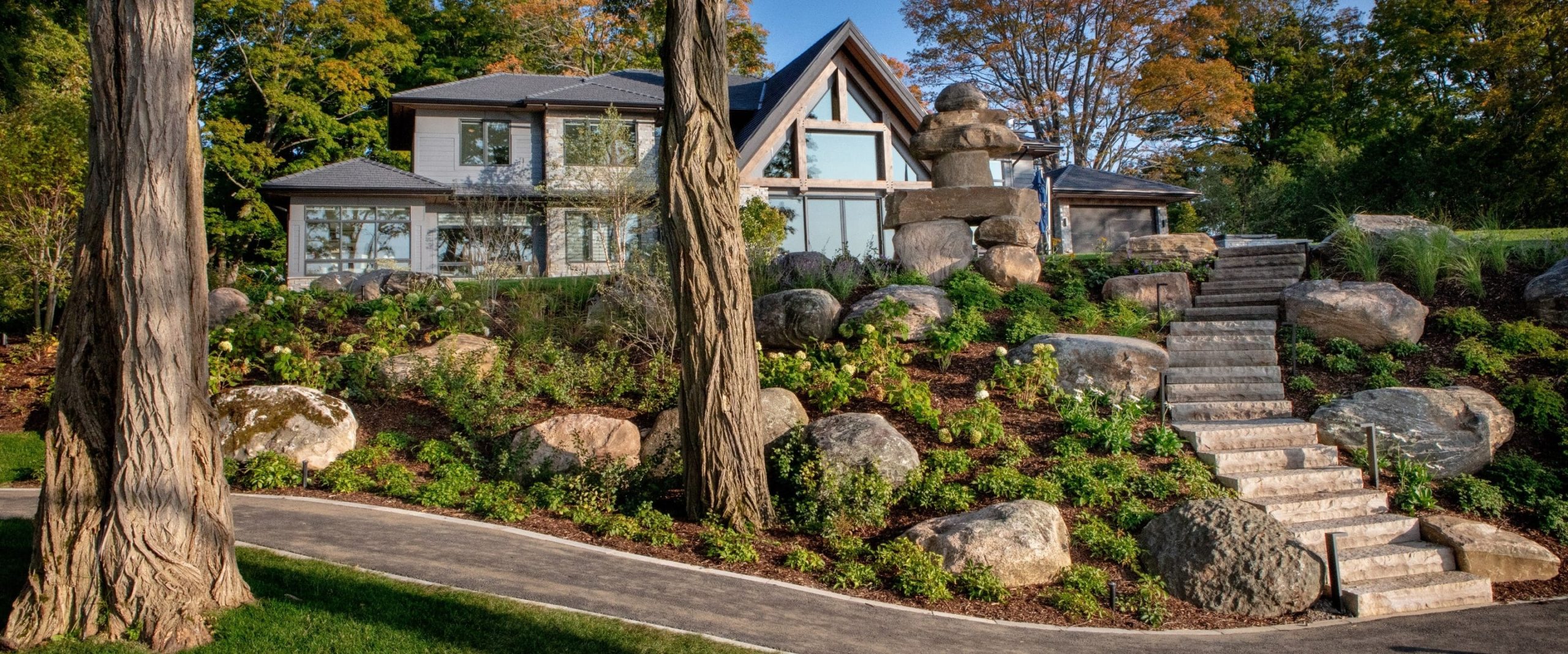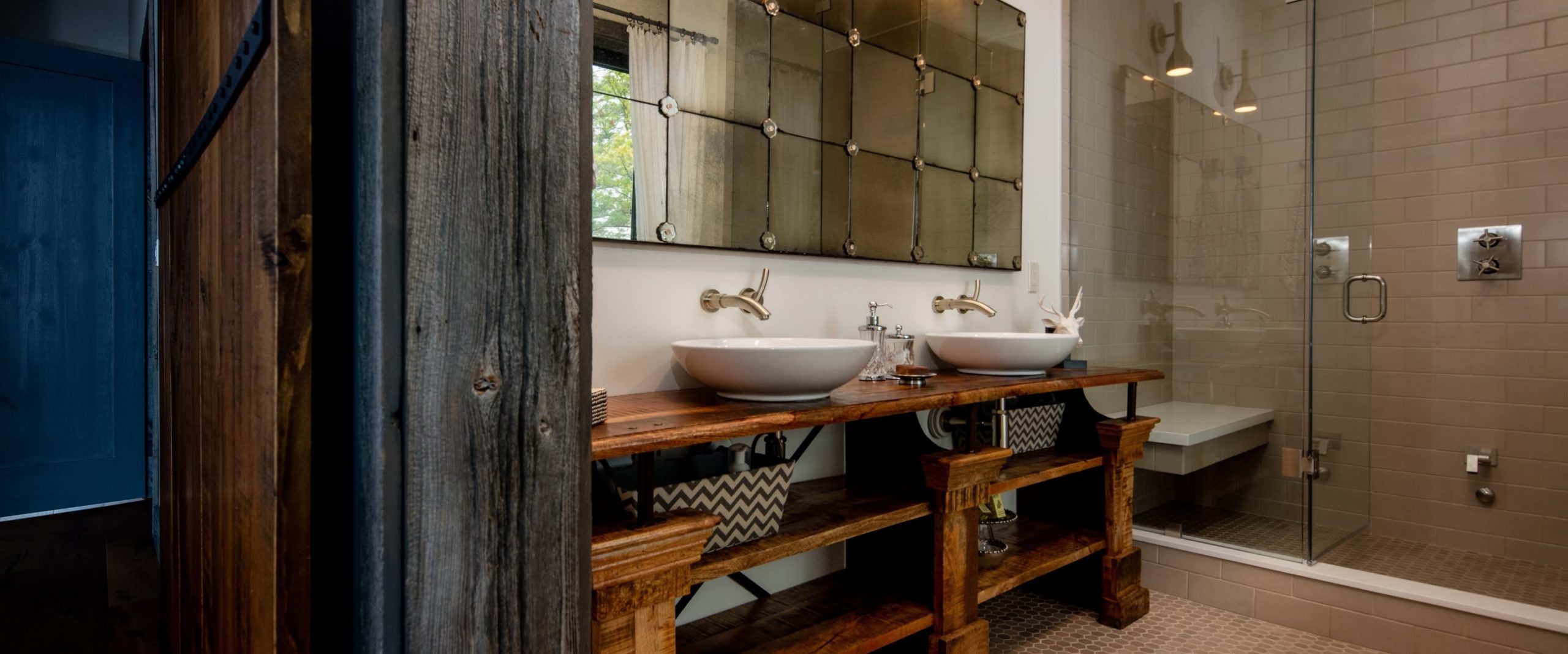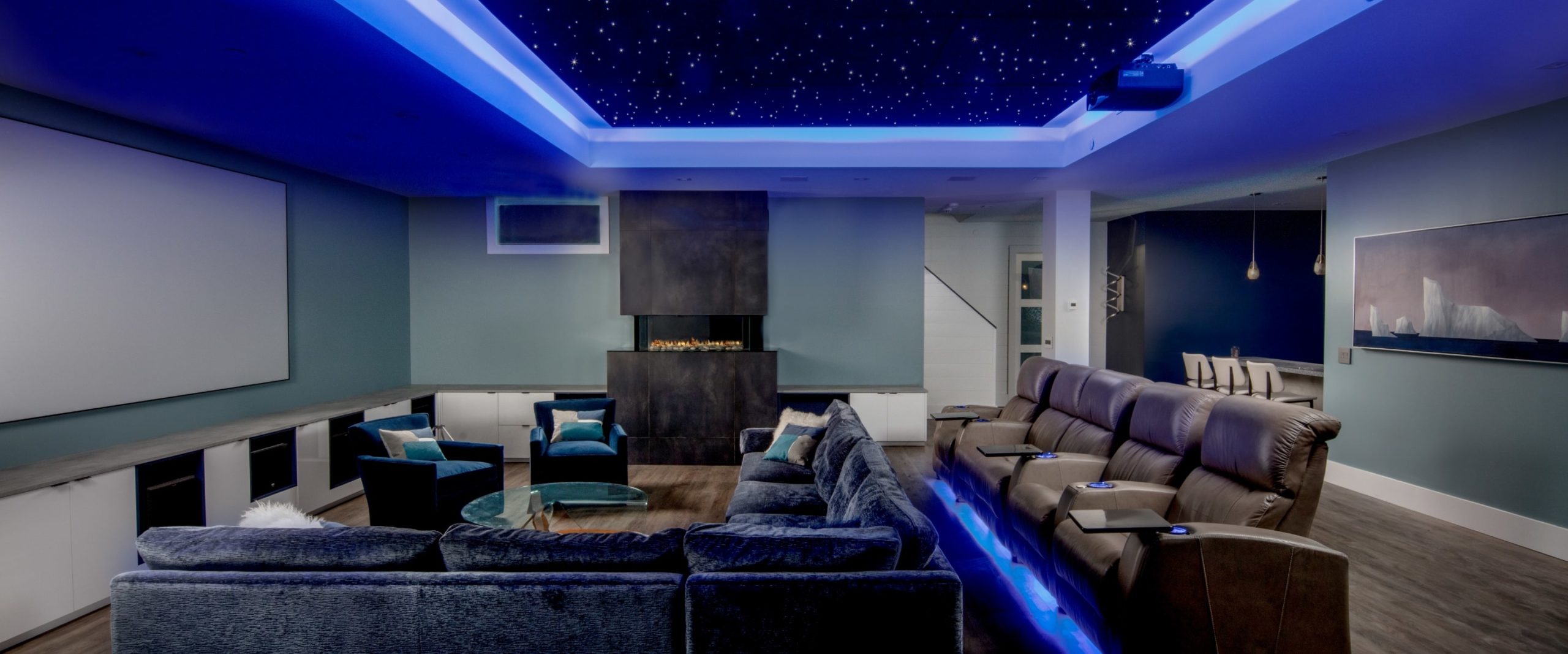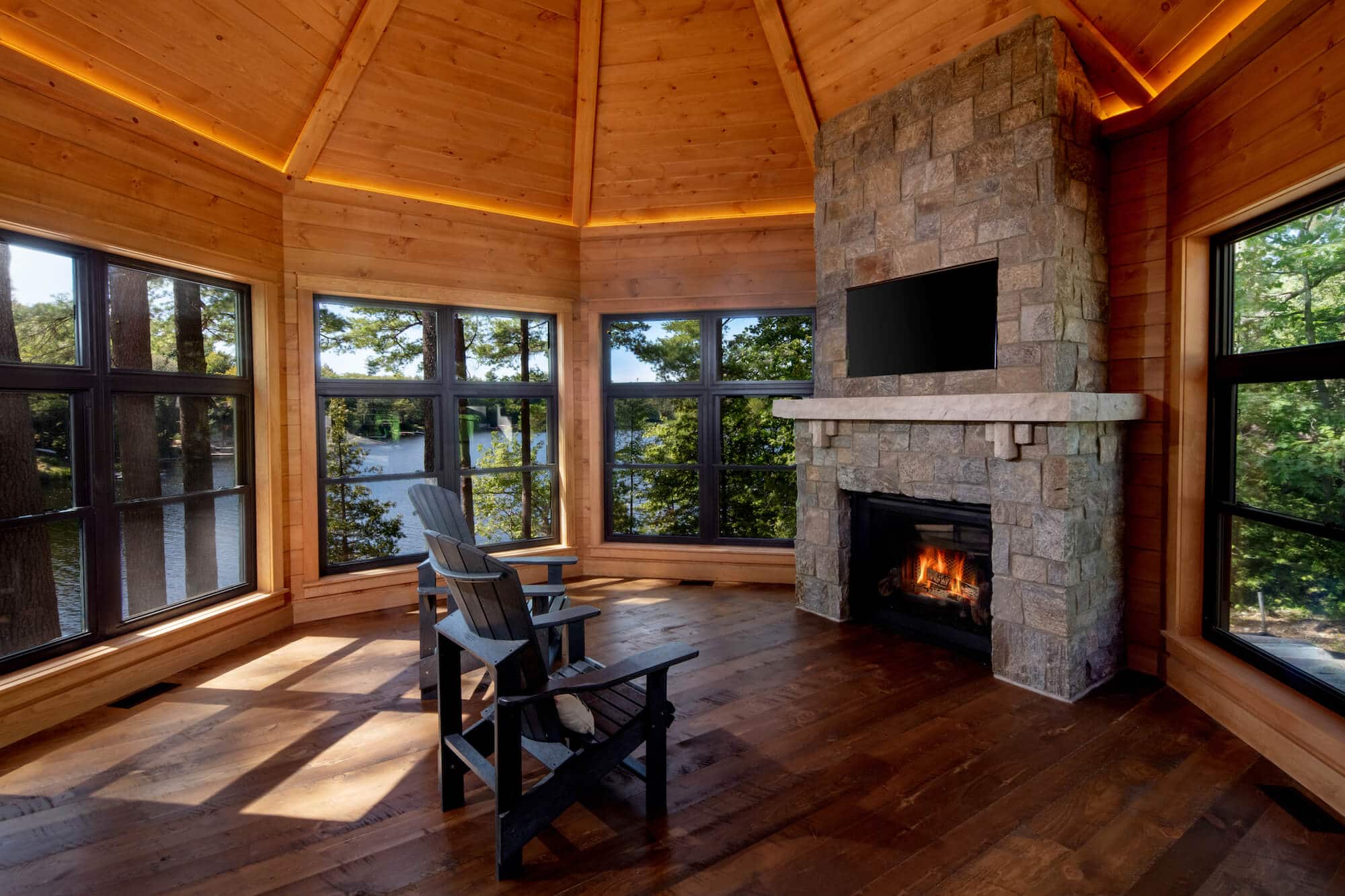Ultimate Guide to Designing
Your Home & Cottage
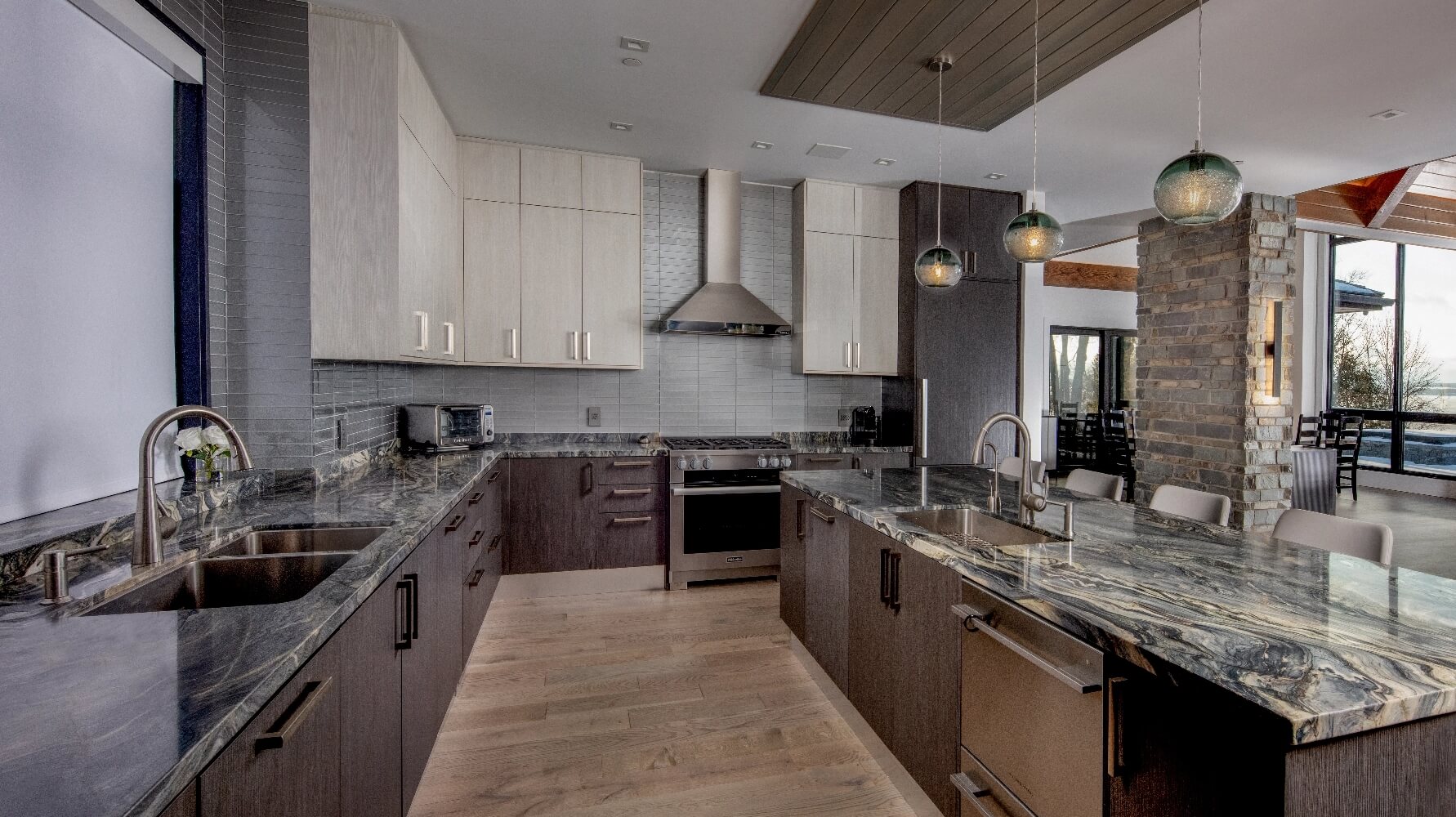
Chapter 1: Planning to Build
So, you’re ready to build and design your dream home & cottage.
Cottage and home building is a true adventure, and this is your guide.
There’s nothing as exciting as finally deciding that it’s time to take the step to build your dream home or cottage. The process can be exhausting and difficult, but it’s always worth it. Just think about it: you’re designing and constructing the walls that your family will live in, grow up in and go through life in. Whether you plan to expand your family, create a retirement oasis, or build a weekend getaway, we can’t overstate the importance of those four walls. Since there are few things as important to a family as their home, the ability to build and design the home or cottage you love is truly one of life’s greatest pleasures. We’re so excited for you and here to guide you every step of the way.
In our Ultimate Guide to Designing Your Home & Cottage, you’ll find our favourite tried-and-true tips, along with the very process that our builders and designers use on new projects. From resources on bylaws and finding the right builder to developing your budget and designing your home, this is your one-stop-shop for everything you need to know about building and designing your home and cottage.
Whether you repurpose an existing boathouse or build a brand new one it can have implications on what documents you need to get before beginning any work, so make sure to look into the regulations in your town and region. Before you get to aesthetic and
design goals, it’s important to find out what permits and documents are required for your area. Talk with your designer and builder about specific requirements in your area to get a better idea of what you can realistically achieve with your boathouse project.
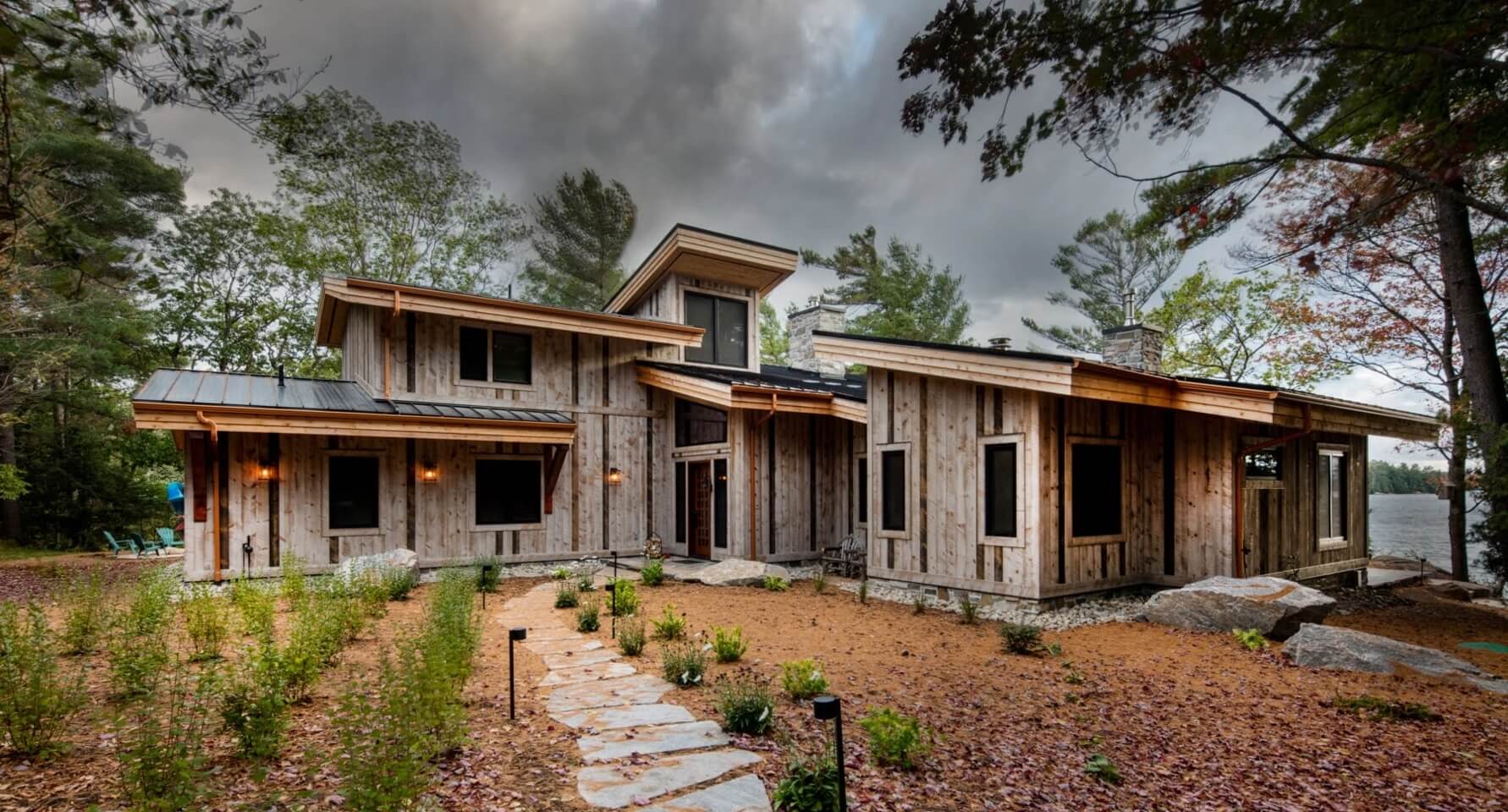
Chapter 2: Finding the Right Builder
Finding the Right Builder for Your Project
Not every home and budget allows for massive energy efficiency changes, but that shouldn’t matter.
Once you’ve decided to go down the path of designing a new home or cottage, you have an incredibly important decision to make—choosing the right builder for your project. The builder you choose to construct your home is a massive piece of the puzzle, and choosing the wrong one can lead to major problems throughout the entire process. Do your research, and then do some more. Don’t be afraid to ask questions (our prospective builder questionnaire is a great resource), and make sure that you’re both the right fit for each other.

PRO TIP:
Check out online portfolios, as well as magazines and newspapers to find a builder that sparks your interest and matches your ideal style.
You’ll also run into a question with varying answers depending on who you ask: the merits of a design-build firm versus choosing separate firms to design and build your home or cottage. We’d recommend a design-build firm for various reasons, from improved communication and ensured quality to financial savings and a faster timeline. When working with a design-build firm, you’ve chosen a much more streamlined building process that includes centralized communication, trusted contractors and consistency at each step.
Gilbert + Burke’s Prospective Builder Questionnaire:
Be sure to ask these questions of any potential builders for your home or cottage, and pay close attention to their answers. Remember: this is the team in charge of one of the most important pieces of your life, so be very choosy. The extra time and care is worth it.
Experience
What is the builder’s experience with similar projects, and what past projects/ client builds can the builder use to show said expertise?
Quality Assurance
How will the builder ensure quality assurance, from the foundation up?
Licenses and Insurance
Does the builder hold the proper licenses and insurance policies for their contractors, their employees and your project?
Contingency Plans & Warranties
What will the timeline and process for your project look like?
Communication
How will open communication be promoted, and who will you be communicating with throughout the project?
Sustainability
How does the builder promote sustainability and energy efficiency during the build?
Competitive Advantage
What makes your builder different from other builders in your area, and why are they the ones you should choose?
Budget
How is the budget decided and agreed upon, and how will the builder ensure that said budget is stuck to during the entire project?
Objection Handling
If there is a disagreement during the project between the builder and you, how will it be handled?
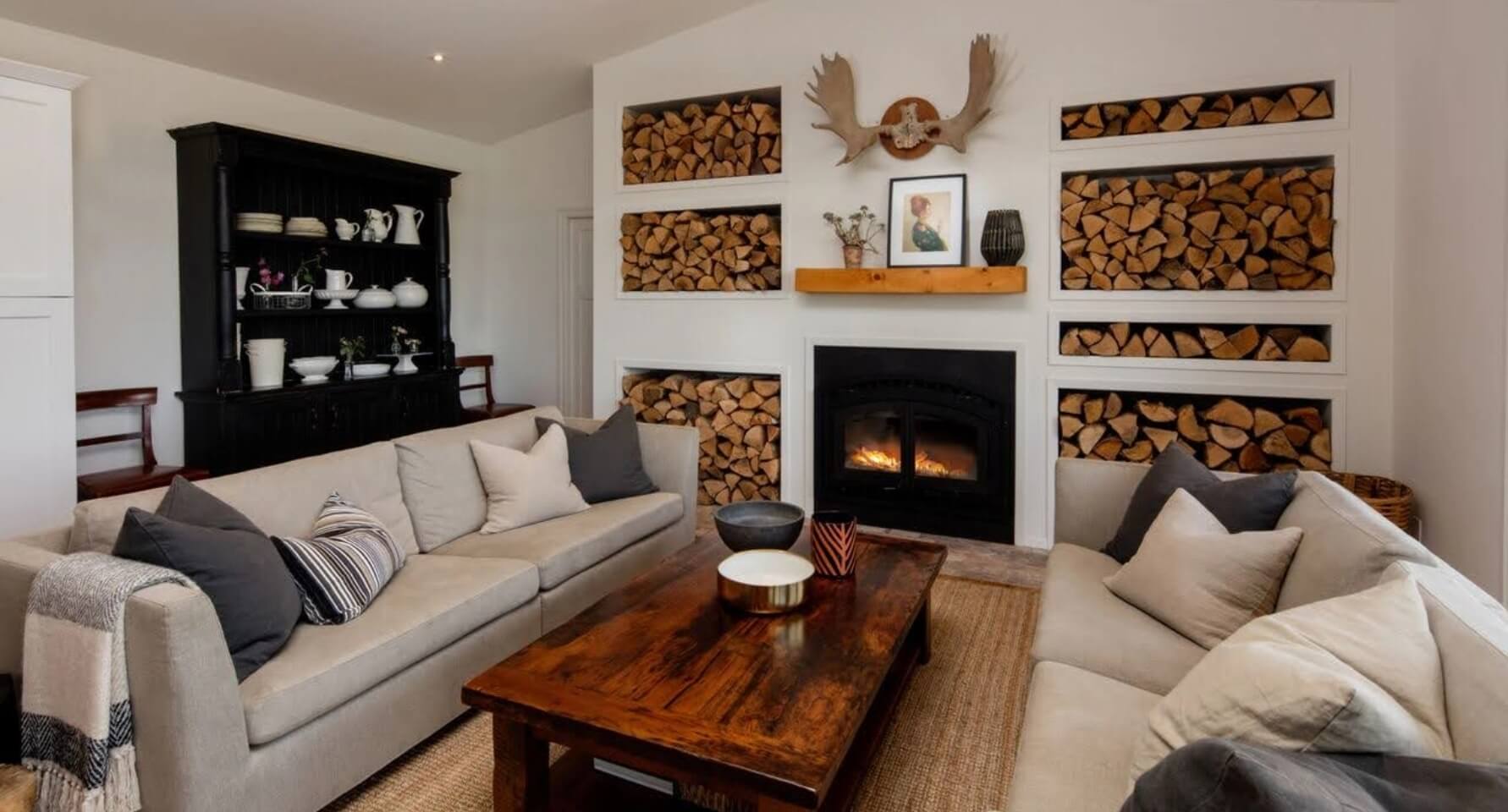
Chapter 3: Developing a Budget
How to Develop a Realistic Budget
By doing the prep work in advance, you’ll be better equipped to handle whatever comes your way.
Developing the budget for your new home or cottage build is an essential piece of the process, and by being realistic in every way—from ways to cut costs to realizing the true prices of things you might want in your home—you’ll be happier the entire way. Building a budget can be a scary process, and it’s not abnormal to feel like new costs are popping up at every turn. To take the complication out of it,

PRO TIP:
Estimate the cost of your home or cottage build with our Custom Home & Cottage Calculator.
When creating your budget, there is a lot to consider from the site and the foundation to the finishes and the extras.
It’s important to have a builder on your side who can answer your questions effectively, but by doing your research, you’ll be in a good place. Here are some things we recommend considering in your budget:
- When choosing the site for your build, a more level site with clear soil conditions is the most cost-effective bet. It will cost more to do things like blast stone or rock, and you’ll also need to keep additional permit requirements in mind depending on where you want to build.
- Talk with your builder about your best options for a foundation that stands the test of the time without wrecking your budget, whether you opt for a concrete wall foundation or choose Insulated Concrete Form wall construction.
- The frame of your home is completely up to your desires and tastes, but can also highly affect your home’s cost. A simpler house design will be less expensive to frame, and the material matters, too. This also goes when deciding the size of your
house, since more square footage will mean a more significant price tag.
- Choosing the exterior finish to your home is a vital piece of the process, but consider the price differences in things like wood, brick or stone when building your budget.
- Adding in windows and doors to the home can make the difference between a beautiful home and a stunning one, but there are also a ton of price and functionality considerations to make. From unique fabrication to their sizes, don’t forget about their added costs.
- When the foundation is laid, the frame is built and the finish is decided upon, you’re left with the most fun part—the interior finishes! Leave room in your budget for the extras you know you want in your build, whether mahogany cabinets, quartz countertops or tile floors. Your builder can help you decide on your priorities so that you can budget accordingly.
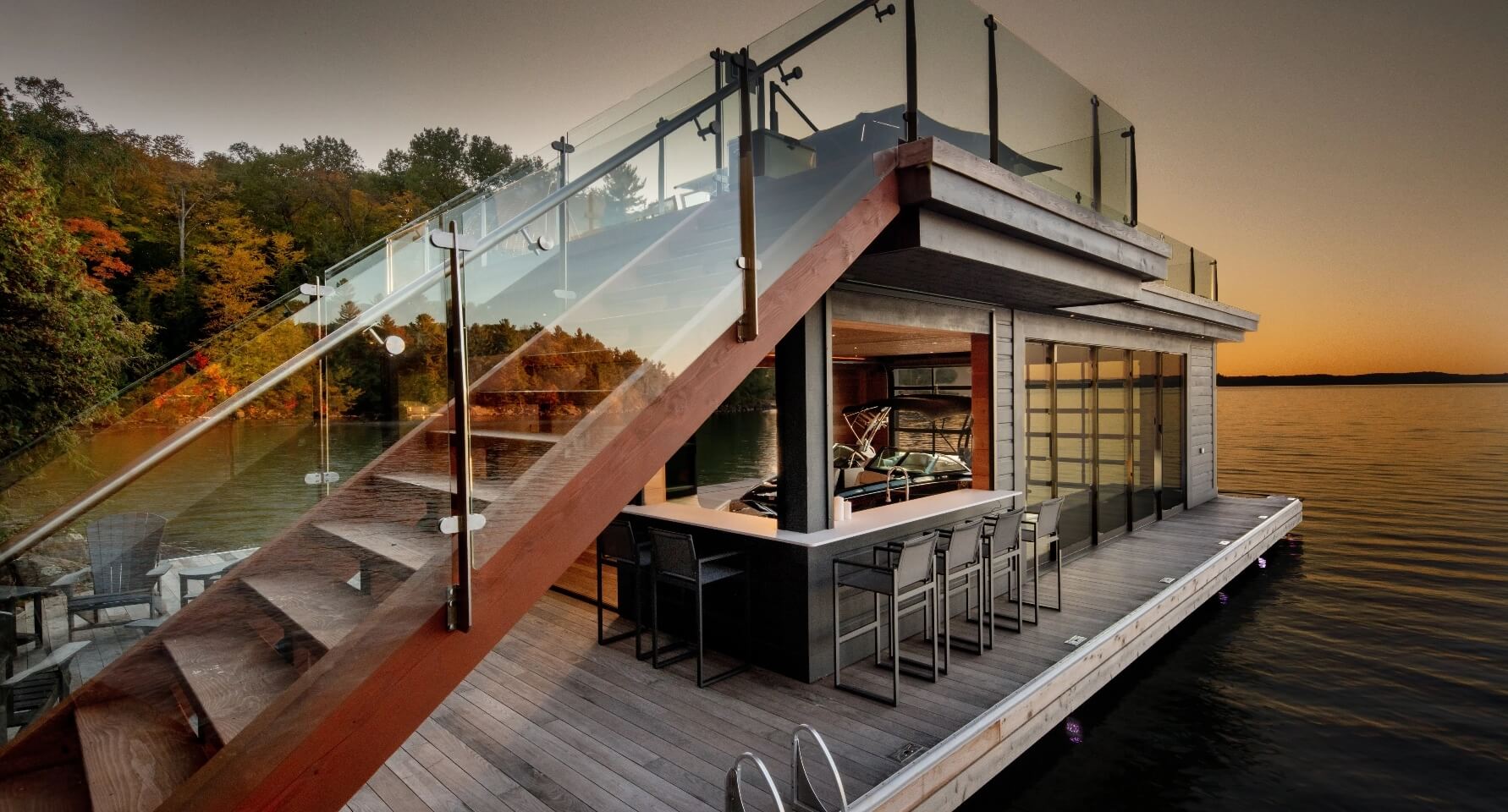
Chapter 4: Choosing Your Site
It’s all about location, location, location!
Choosing the perfect location for your home or cottage build is one of the most underrated parts of the home building process—but it’s definitely one of the most important ones. There is a lot to consider when choosing the site for your future build, and it can factor into everything from your budget to your timeline. Whether you’re building a forever home or getaway cottage, choose your site with the same care you’re putting into the rest of your project.
Regardless of whether or not you’re choosing a location for a home or a cottage, there are several factors that you need to keep in mind. First off, the township or municipality for your home or cottage matters. There are permits and regulations that must be followed, depending on where you choose your building site. Do your research ahead of time, and choose a builder who is up to par on all things bylaws and regulations. It will save you tons of time! You’ll also want to pay attention to how people will access your home. For instance, a cottage on a remote island or steep rocky incline that is hard to get to will incur higher costs when it comes to building since it costs more to transport materials to a more remote location.

PRO TIP:
Talk with the neighbours! Find out any problems others in your building area have had ahead of time, and plan accordingly.
Next up, pay special attention to the actual traits of your dream site. From inclines (which are notoriously expensive to build on) to stone that needs to be blasted away to rough terrain that’s hard to navigate to the need for tree removal, your site really does matter. While you can build mostly anywhere—though any builder will advise you against a poor site—your site comes into play when it comes to the process, the budget and the end result of your home or cottage.

Chapter 5: Designing Your Home
The Fun Part: Designing Your Home
From the exterior finish to the interior details, designing your home is where you see your hard work pay off.
While the frame, the foundation, and the site are vital pieces to your build, the project’s visual pieces are the most fun. When you start to choose your home’s exterior finishes and interior details, it all starts to come together before your very eyes. When it comes to the design piece of your home, there are many things to keep in mind. Just like with anything else in your build, budget and taste go a long way in informing your decisions.

PRO TIP:
Vision boards aren’t just for middle-school girls, okay? Don’t be afraid to visualize your dream space in any way you can. Your design team will appreciate it!
There are so many things you can do to your home to make it your very own, starting with the exterior of your home. The type of material you choose is completely up to you, and there’s nothing like a certain material to help you achieve the desired look. From siding to brick to stone to board & batten, the choice between exterior finishes—all with their own merits and costs—is up to
you and your preference. This also goes for choosing doors, windows and other exterior finishes. Big windows are a beautiful touch, but they cost much more than smaller windows. You can also add features to your build like lift & slide doors and massive oak pieces, but it all has to factor into the budget.
When it comes to the interior of your home, where you do the bulk of your actual living, you have a lot of choices to make. Starting with floors and countertops and going all the way to fixtures and appliances, your home’s interior is important (and multi-faceted!). When choosing the materials for your countertops, floors, cabinets and interior hardware, there are a ton of directions you can go. Also remember your ideal electricity and plumbing situations, from the number of plugs you want in your home to the location of your bathrooms.
These 10 questions are a great start when it comes to honing in on your design plans and discussing them with the firm of your choice:
1. What’s most important to you in your new cottage or home?
2. What are your design non-negotiables, and what are you more partial towards?
3. What are the spaces you think you and your family will be spending the most time in, and how can they be designed accordingly?
4. Are you considering how this space will fit as you and your family grow? (Ex: retirement, expanding your family, etc.)
5. Is the home accessible for those it needs to be accessible too? (Ex: Do you have elderly relatives who visit, are you planning on
retiring in the home, etc.)
6. Are you keeping views from the home and light during the day in mind when deciding on things like window placement?
7. What are the restrictions in your building area? Are you sticking to them?
8. Do you intend for this home to be your forever home, or one that you only intend to live in for ten years or so?
9. What maintenance will your materials of choice require? Are you up for it?
10. When you visualize your ideal build, what do you see?

Chapter 6: Getting the Required Permits
Restrictions, Permits, Community Controls and Bylaws
From the permits you’re required to have to your area’s restrictions, do your research and choose a firm that knows what they’re doing.
The home building experience is a highly regulated one, and it’s important to keep a close eye on all restrictions, code requirements, and bylaws to avoid fines and keep your project on schedule! Regardless of your home or cottage location, you’ll need to acquire a permit before any ground is even broken on your home. Building permits themselves are assessed against the building code of the province you’re building in, and then they will also go up against local bylaws or restrictions. When you choose a builder, they’re well aware of the requirements and will take care of them for you. However, it’s always a good idea to be knowledgeable about it regardless.
PRO TIP:
Often, regulations vary by community. This resource is great to have around!
When it comes to building code, the builder will need to follow requirements and standards that will ensure safety and maintenance of your building—and building code also applies to location, as well. Your builder is privy to all building code requirements, and if you feel like they’re not, it’s a huge red flag.
The bylaws in your area are another thing entirely, and it’s important to take an afternoon to understand them (and make a call to your municipality’s office if you don’t! From zoning and setback bylaws to requirements from the Conservation Authority, distances required from power lines and coverage bylaws, there’s a lot to know. However, your builder plays a huge part in this. Choose a design-build firm that understands bylaws, codes and regulations incredibly well—and you’ll save a ton of stress and time during the entire process.
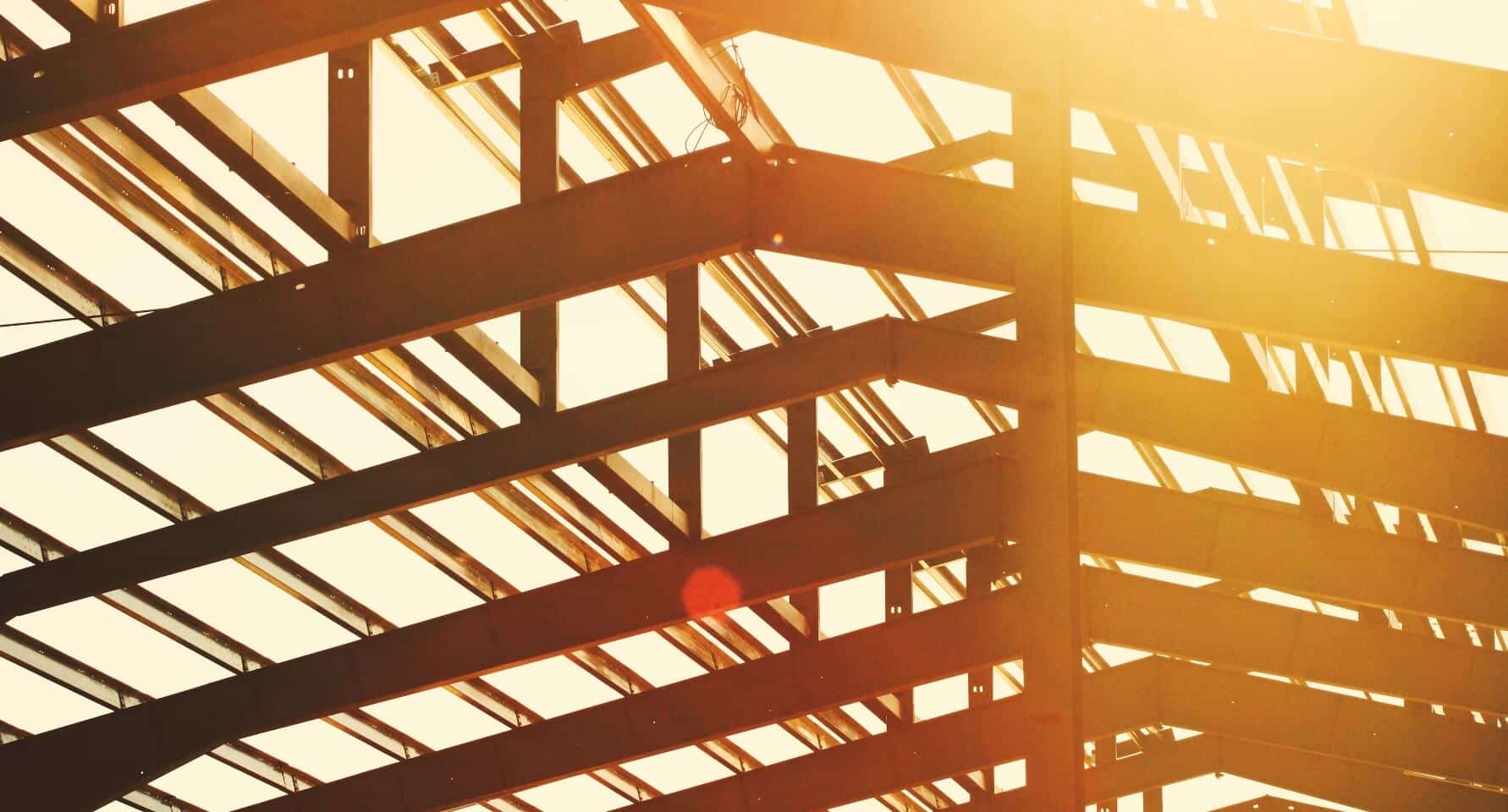
Chapter 7: Starting to Build
Starting the Actual Build
With communication and expectations set well ahead of time, you can ensure a smooth and enjoyable process.
While the finishes and the site are all important pieces of the building process, none of it matters without clear expectations, great communication and a streamlined process from top to bottom. The home and cottage building process has so many important steps—from the discovery and the design stage to the building and the post-construction phases—which is why it is important to work with a team who knows what they’re doing. When you’re in your initial phases of building, clearly laid-out expectations on all sides of the table will help make this a seamless experience. From a timeline to communication styles to budgets, don’t hesitate to press for clarity. It’s incredibly important.
The beginning of the actual build, which starts with excavation and pouring of the foundation, is when you may feel like you’re starting to see things happen. But, trust us on this: without clear communication and expectations set up from the start, all involved are set up for disappointment.



